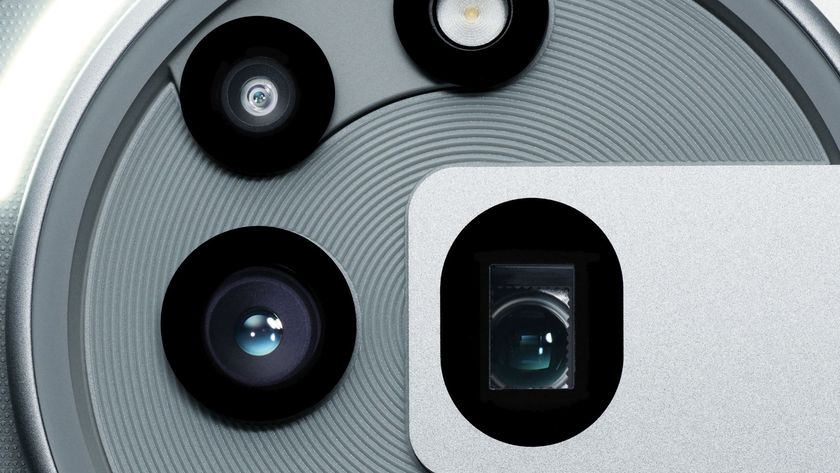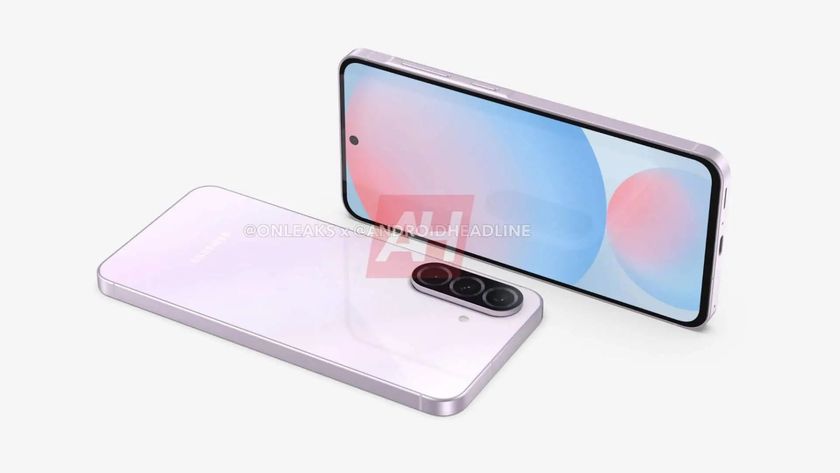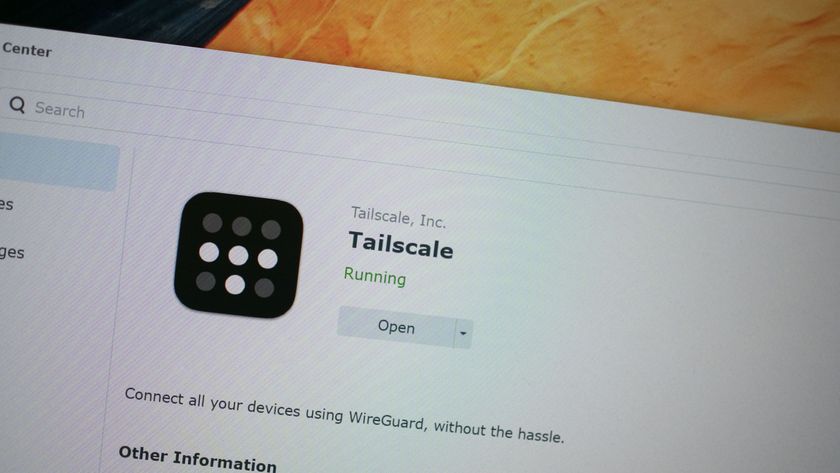Google Pixel 9a: Leaks, specs, and everything we want to see
Pixel 9a leaks suggest it could arrive next month, with a larger and brighter display, a major redesign, and a key camera upgrade.

The Google Pixel 9a typically arrives after Google I/O, but several rumors have tapped the A series to shift much earlier in spring. And the leaked 9a specs sound very promising for thrifty Pixel fans.
Mainline Pixels like the Pixel 9 keep rising in price year over year, while the Pixel 8a topped our list of the best cheap Android phones because Google prioritized affordability as well as near-flagship performance and impressive cameras. Now it looks like the Pixel 9a will maintain this mid-range legacy.
As you might expect, the Pixel 9a should use the same Tensor G4 processor as the Pixel 9 Pro for Gemini AI tricks, yet retain the trademark lower price the Pixel A series is known for. Google is already working on the Pixel 10a, but only the Pixel 9a has any concrete leaked details.
For instance, several leaks and rumors have suggested Google will launch a total redesign of the series with the Pixel 9a, to differentiate it further from the flagship Pixels. We hope you're not a big fan of the camera bar!
Google Pixel 9a: Price and availability
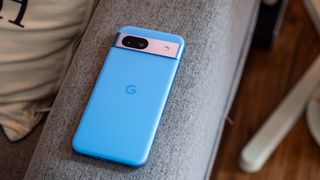
We originally expected a Pixel 9a unveiling at Google I/O 2025, which Google recently announced will take place on May 20–21. However, a late January Pixel 9a leak suggests that Google plans to reveal the phone on March 19, and then ship preorders the following Wednesday, March 26.
Why push up the release date? Google released the Pixel 9 series in late August and early September, rather than its usual mid-October window. If Google intends to launch the Pixel 10 around the same time, then launching the Pixel 9a in March would maintain Google's usual five-month gap between the A series and the new flagships.
Plus, since Google I/O is typically focused on new and upcoming AI features, it makes sense not to focus on a last-gen, mid-range phone that might not get all of those features!
Be an expert in 5 minutes
Get the latest news from Android Central, your trusted companion in the world of Android
As for the Pixel 9a price, Google has priced this budget series at $499 since the Pixel 7a, which upped the series price by $50 over the 6a. You might expect the Pixel 9a price to jump since Google charged an extra $100 for the Pixel 9 and 9 Pro. But a recent Pixel 9a leak suggested it'll cost $499 in the U.S. and Canada, with a $50 surcharge for the mmWave variant and a $100 cost for 256GB of storage.
If true, the Pixel 9a will remain relatively affordable, competing against other budget phones like Samsung's Galaxy A series phones.
Plus, a subsequent Pixel 9a rumor indicated that new Pixel 9a buyers will get six months of Fitbit Premium, three months of YouTube Premium, and three months of Google One for free. That would add up to about $100 in value, assuming you don't have them already.
Google Pixel 9a: Design and display
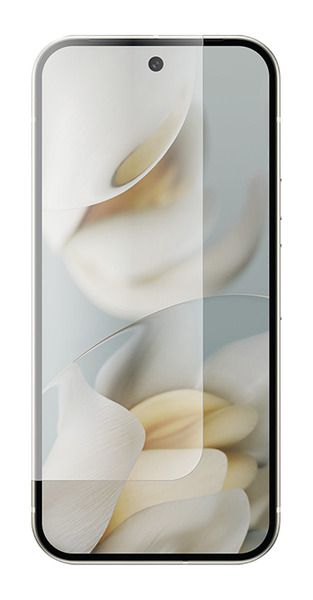
Historically, the Pixel A series has used a design similar to that of the main series but with a few tweaks. In the Pixel 8a's case, the corners had a slightly wider curve than the Pixel 8 series, making it even more of a squircle.
Google made a massive design shift with the Pixel 9 series, dropping the friendly curves of the last four Pixel releases and going for a much more industrial design. In a way, it looks a lot like if you took a Pixel 4 and mixed it with an iPhone 15.
Several alleged Pixel 9a design leaks show that Google is changing things up once again, seemingly keeping the flat side rails of the Pixel 9 series and further flattening the overall design by removing the trademark Pixel camera bar on the back.

A 2024 Pixel 9a leak showed an alleged look at the phone's display (see above), while a February Pixel 9a leak gave us a seemingly official render of all four Pixel 9a colors and the new recessed rear camera cutout. It seems that the 9a will come in Peony, Obsidian, and Porcelain — all Pixel 9 colors — and a fourth Iris color instead of Wintergreen. Google will sell official color-matched cases, too.
A previous Pixel 9a color leak confirmed this lineup of options, while also claiming the 9a will be 154mm tall and 73mm wide, making it slightly larger than the 152.1 mm x 72.7 mm dimensions of the Pixel 8a. A second leak corroborates those numbers and also mentions the thickness at 8.9mm.
Despite the flatter look, this same leak notes that the camera portion extends the thickest portion to 9.4mm, seemingly contradicting the other two leaks that show an almost completely flat and flush camera housing.

As for the Pixel 9a display, the aforementioned leak suggests it'll measure 6.29 inches, with FHD+ resolution, 1,800 nits of HDR brightness, 2,700 nits at peak brightness, and a 120Hz refresh rate, with Gorilla Glass 3 protection.
Compared to the Pixel 8a, it appears the 9a display will be distinctly larger, with 400 to 700 nits brighter depending on the context, but otherwise match it for smoothness, resolution, and durability.
Fans of small phones may be disappointed, but the lack of a camera bar counterbalances the extra size: the 6.3-inch 9a supposedly weighs 2g less than the 6.1-inch 8a. Even if it doesn't look as striking from the back, you may appreciate the extra visual space in front.
Google Pixel 9a: Cameras
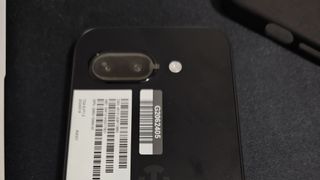
We first heard last October that Google would give the Pixel 9a a 48MP main sensor, the same one found on the Pixel 9 Pro Fold. The secondary UW camera would allegedly stay at 13MP, matching the Pixel 8a.
The more recent 9a leak mentioned above confirmed this while adding additional info: The 9a may feature a 48MP GN8 Quad Dual Pixel primary camera with an ƒ/1.7 aperture, while both the secondary rear sensor and front sensor may hit 13MP with an ƒ/2.2 aperture.
In other words, only the main sensor will change from what the 8a offered, at least for hardware. New Pixel 9 camera software and AI tools like Add Me and Reimagine in Magic Editor should appear on the Pixel 9a, but not some of the Pixel 9 Pro's tricks like Zoom Enhance that require higher-quality sensors.
Google Pixel 9a: Specs and performance
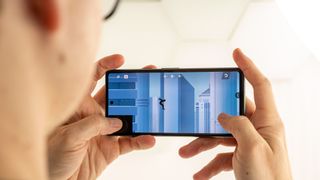
The Google Pixel 9a should use the same Google Tensor G4 processor as the Pixel 9. This was all but assured, even before the major Pixel 9a leak listed the Tensor G4 and Titan M2 security processor, because Google has used Tensor in the last three generations of Pixel A series phones.
Tensor G4 is only a minor upgrade over the Tensor G3 in most respects, although it's capable of processing specific AI-related tasks faster than some other leading flagship processors. It also runs quite a bit cooler than the Tensor G3 but at the expense of being slower in gaming and other heavier graphics processing-based scenarios.
Google is not expected to deliver a massive upgrade to its Tensor line until Tensor G5, currently slated for the 2025 release of the Pixel 10 series — and then the Pixel 10a, in theory.
The Pixel 9a would likely ship with the Tensor G4 processor, which is only a minor upgrade over the Tensor G3 inside the Pixel 8a.
The alleged Pixel 9a tech specs sheet provides other key details: 8GB of RAM, 128GB or 256GB of UFS 3.1 storage, Android 15 with seven years of updates, 5,100mAh battery, 23W wired and 7.5W wireless charging, an under-display fingerprint sensor, and Wi-Fi 6E.
Another recent Pixel 9a leak seemingly confirmed that the phone will have 128GB and 256GB storage options, which isn't surprising given that a 512GB option would make the 9a too expensive for its audience.
Based on these leaks, the Pixel 9a and 8a will have comparable memory, storage, software support, security, and connectivity. The key difference will be in battery and charging, adding about 600mAh capacity and an additional 5W and 2.5W to its wired and wireless charging speed.
A small performance and battery boost, with comparable specs otherwise, seems reasonable given that Google made so many requested spec upgrades, like the display refresh rate, in the Pixel 8a. The redesign and larger display seem to be Google's focus with this generation.
Google Pixel 9a: Wishlist

As with any new phone, there are a few things we'd love to see Google improve on the Pixel 9a over existing phones like the Pixel 8a. Leaks seem to confirm some of our requests, but since we can't be certain the leaks are accurate, we'll keep them as is.
A lower-priced option
The Pixel 6a, 7a, and 8a are all great phones that offer a lot of value, but a $450-500 phone is still financially out of reach for a lot of people. In fact, the Galaxy A-series makes up the bulk of the sales for Samsung. Google's Pixel market share continues to grow, and there's little doubt the Pixel A-series has a big part in this.
How much more could it grow, then, if Google offered a truly budget-priced model? We're talking something under $400, or even under $300 that could still offer the Pixel experience, even if it had to cut back on some of the more premium features of the Pixel series — like the latest Google Tensor processors or upgraded camera modules.
The $350 Pixel 4a was one such example of a truly great, cheap phone, but it did have a Snapdragon chip instead of Tensor, along with many other downgrades. Five generations later, we'd love to see a 9a offshoot with a new name — the Pixel 9b, perhaps — and cheaper specs.
Keep the Tensor
Having a chip like the Tensor G4 inside a mid-range phone like the Google Pixel 9a is downright incredible. One of the best reasons to buy a Pixel A-series phone over the rest of the $450-500 competition is the processor, as it's far better than anything you'll likely ever find at that price range. We're hoping the Tensor G4 comes in the Pixel 9a, as we expect it will.
Even though the Tensor G4 isn't the fastest chip, we have high hopes for the Tensor G5, which will give the Pixel 10a a serious power boost.
A real dark mode
Dark mode is a lie on more phones than I'd like. Unfortunately for Pixel owners, the Pixel is one of the worst offenders of this sin. I'd love to see Google give users a proper "lights out" dark mode where the background is completely black instead of this dark grey nonsense Google has been using for years.
It'll both be better for battery life and help with the next request!
Flicker-reduction option
As the nits delivered by displays continue to grow higher and higher each year, more companies are using OLED displays that don't dim in a traditional way. Instead, they use Pulse Width Modulation (or PWM), and people like me are, unfortunately, very sensitive to this kind of display flickering.
While we have some tips and tricks for PWM-sensitive folks, the best solution is for manufacturers to offer a flicker-reduction option. Companies like Motorola and OnePlus offer anti-flicker solutions on their phones, and we know Google can do it if they really wanted to.
Faster charging
Google has largely been using the same 18W charging speed for its phones since the inception of the Pixel line. While it upgraded the Pixel 7 and Pixel 8 to 30W, the Pixel 8a still only supports 18W charging.
Phones like the OnePlus 12R, which costs the same $499 as the Pixel 8a, offer 100W wired charging at the expense of removing wireless charging. Considering how truly slow (and probably useless) 7.5W wireless charging is, I'd be happy to see wireless charging go away if it meant we could get faster wired charging.

- Michael L HicksSenior Editor, Wearables & AR/VR
